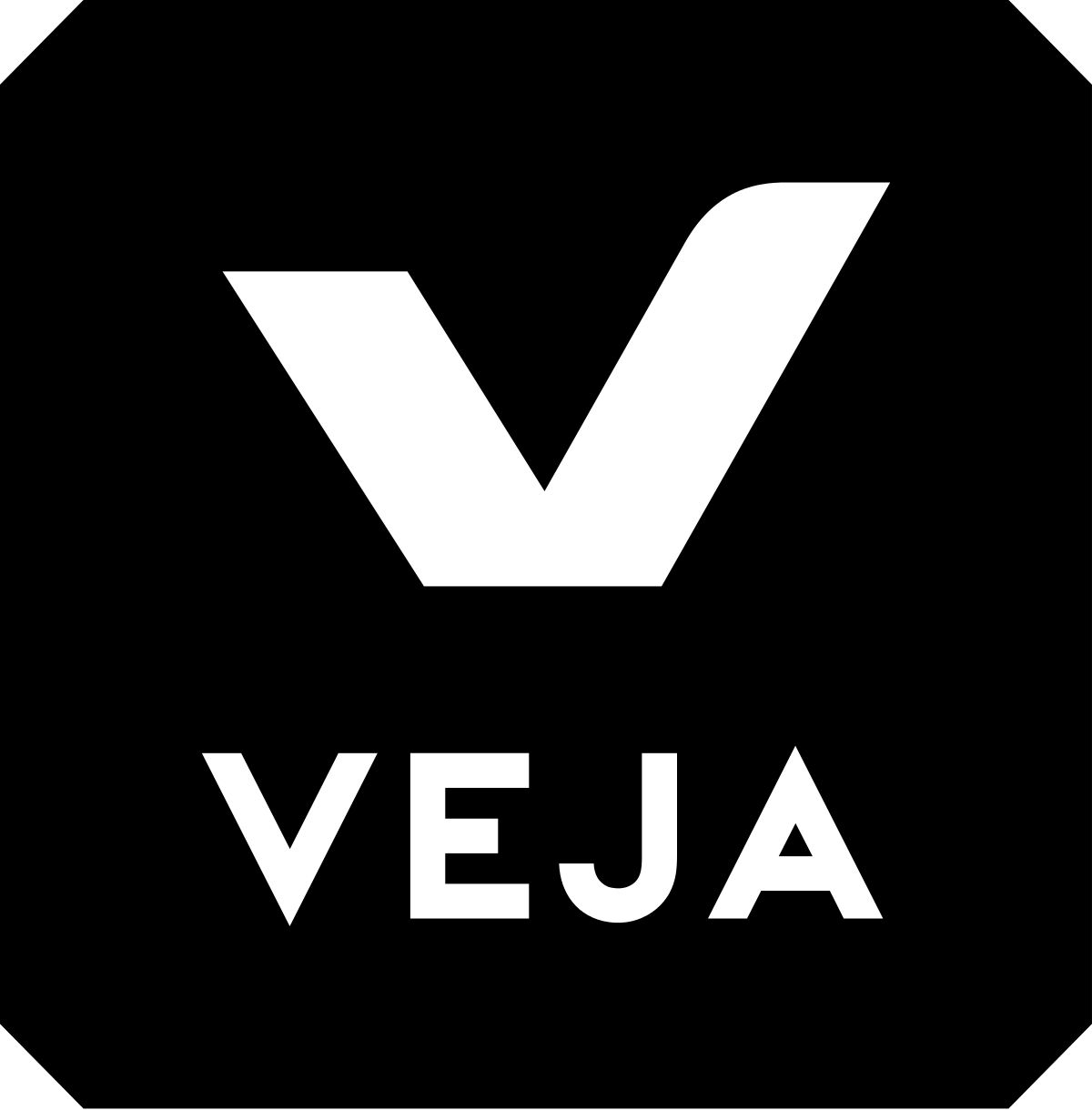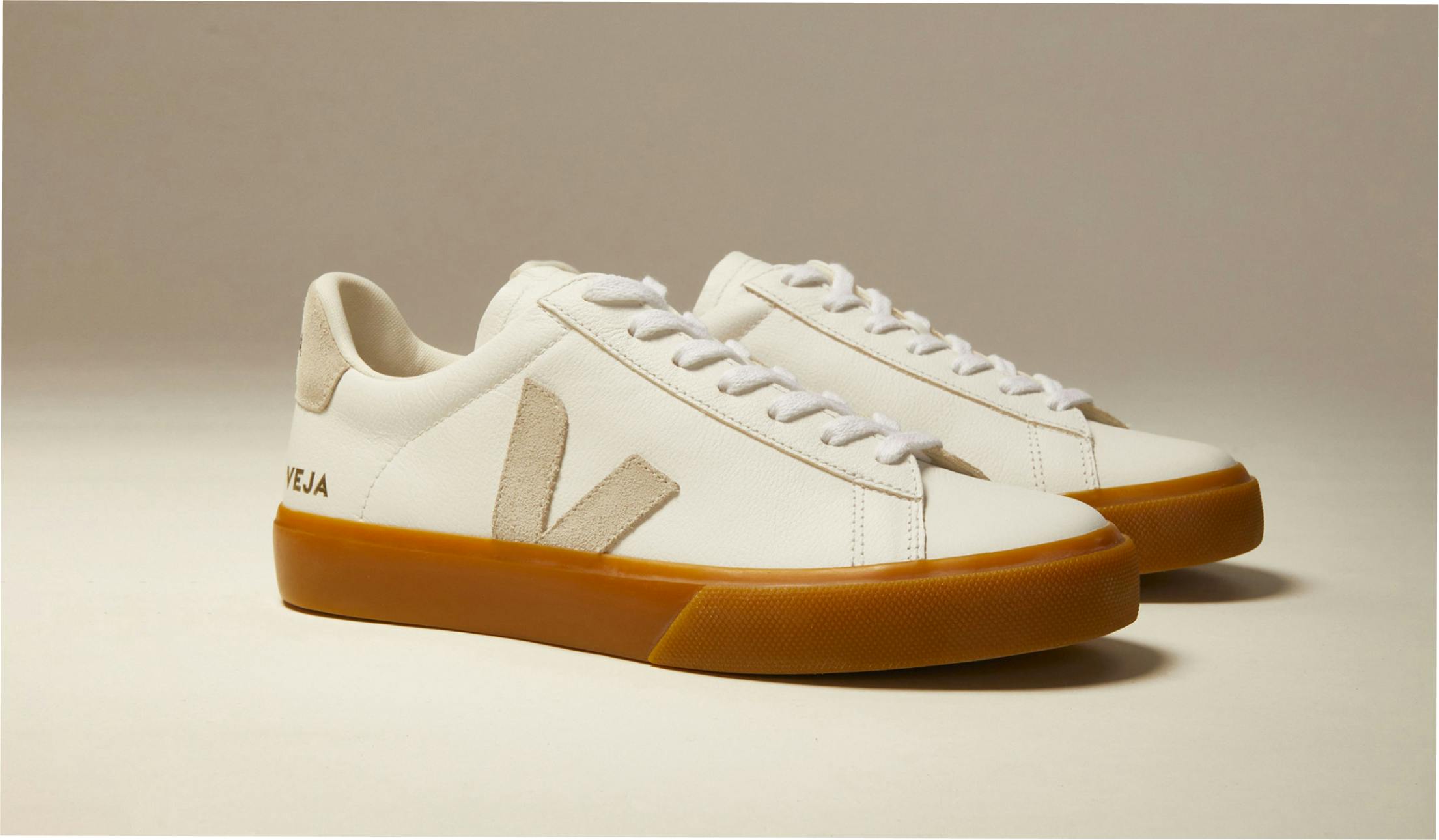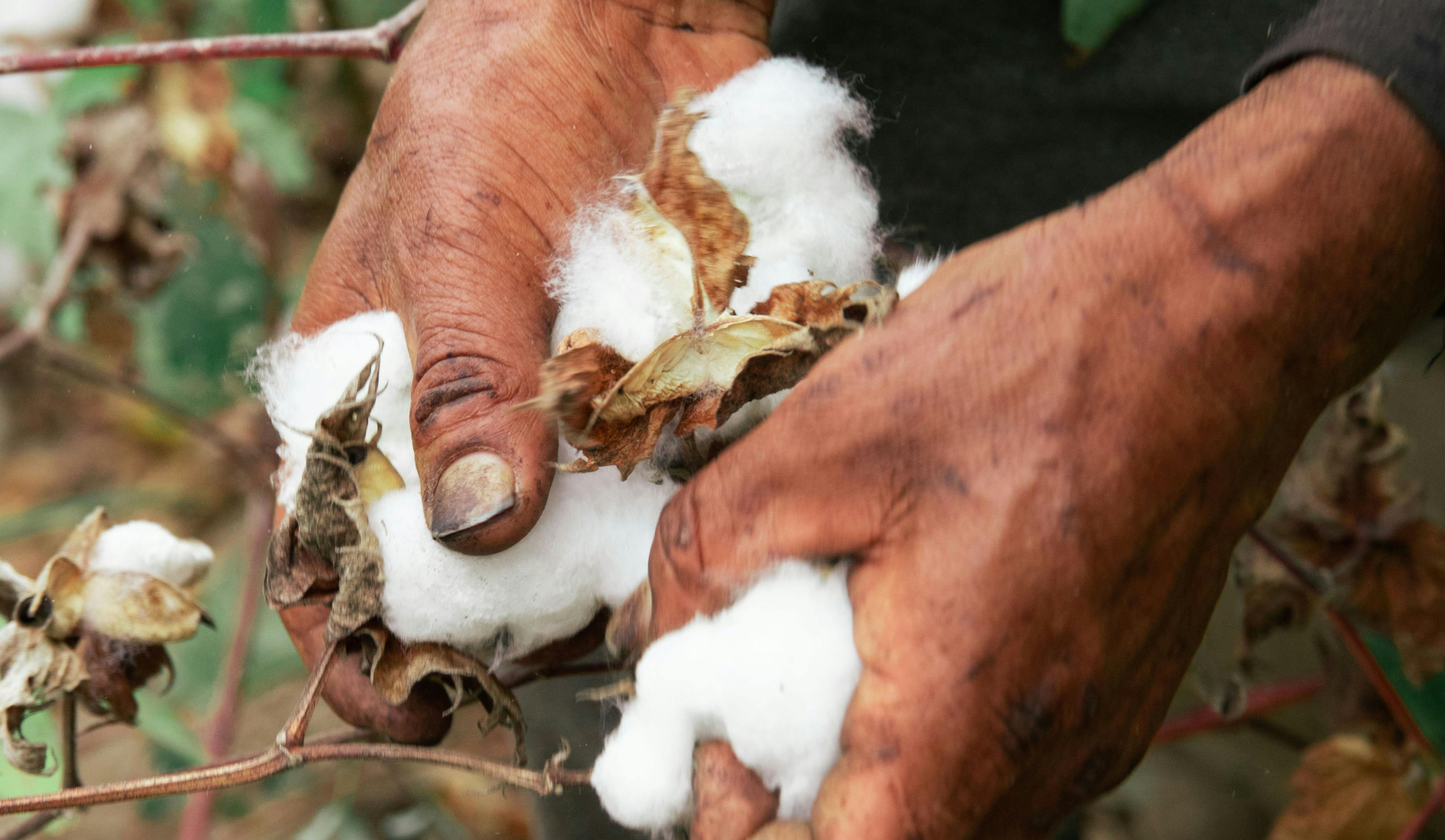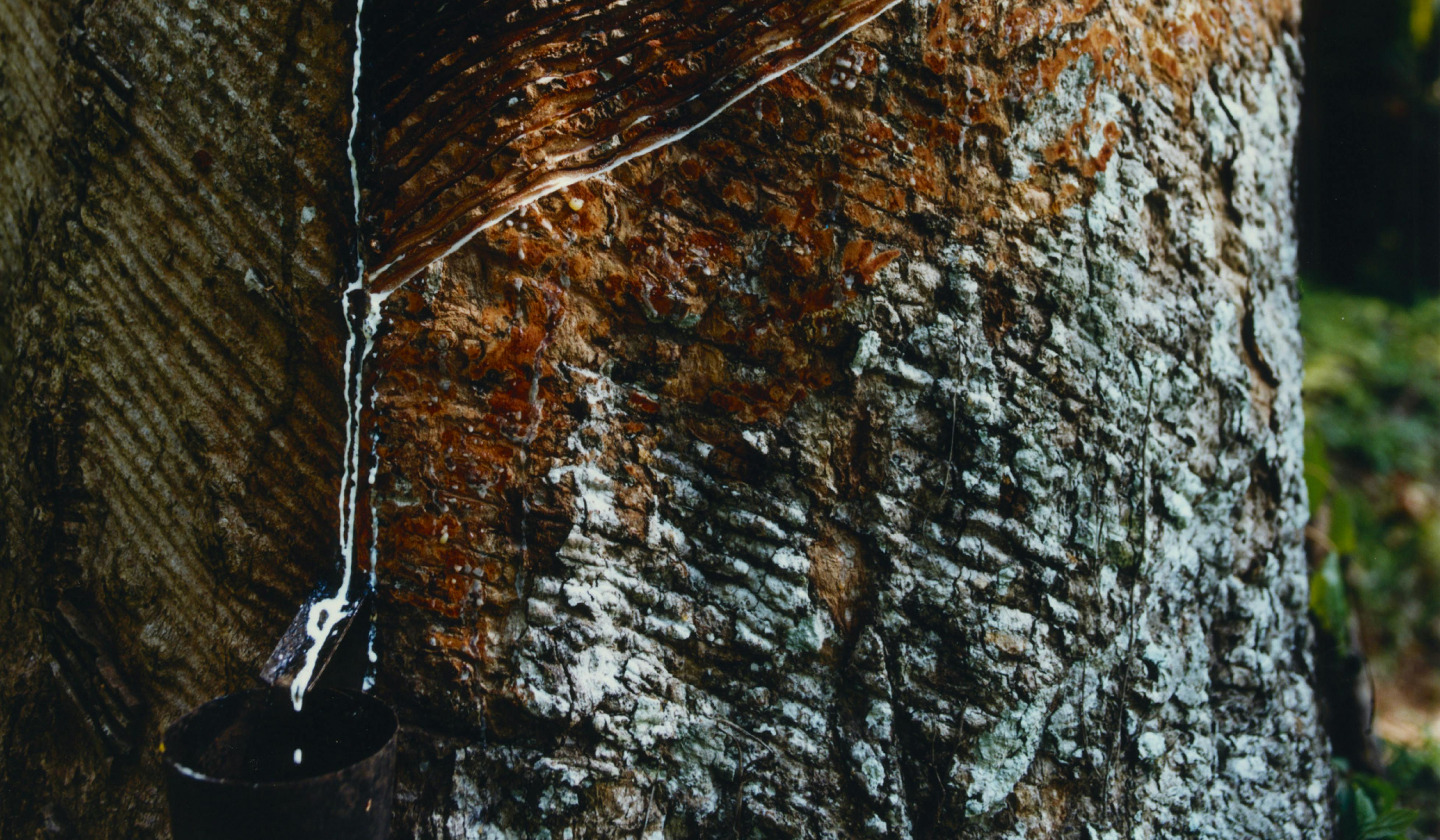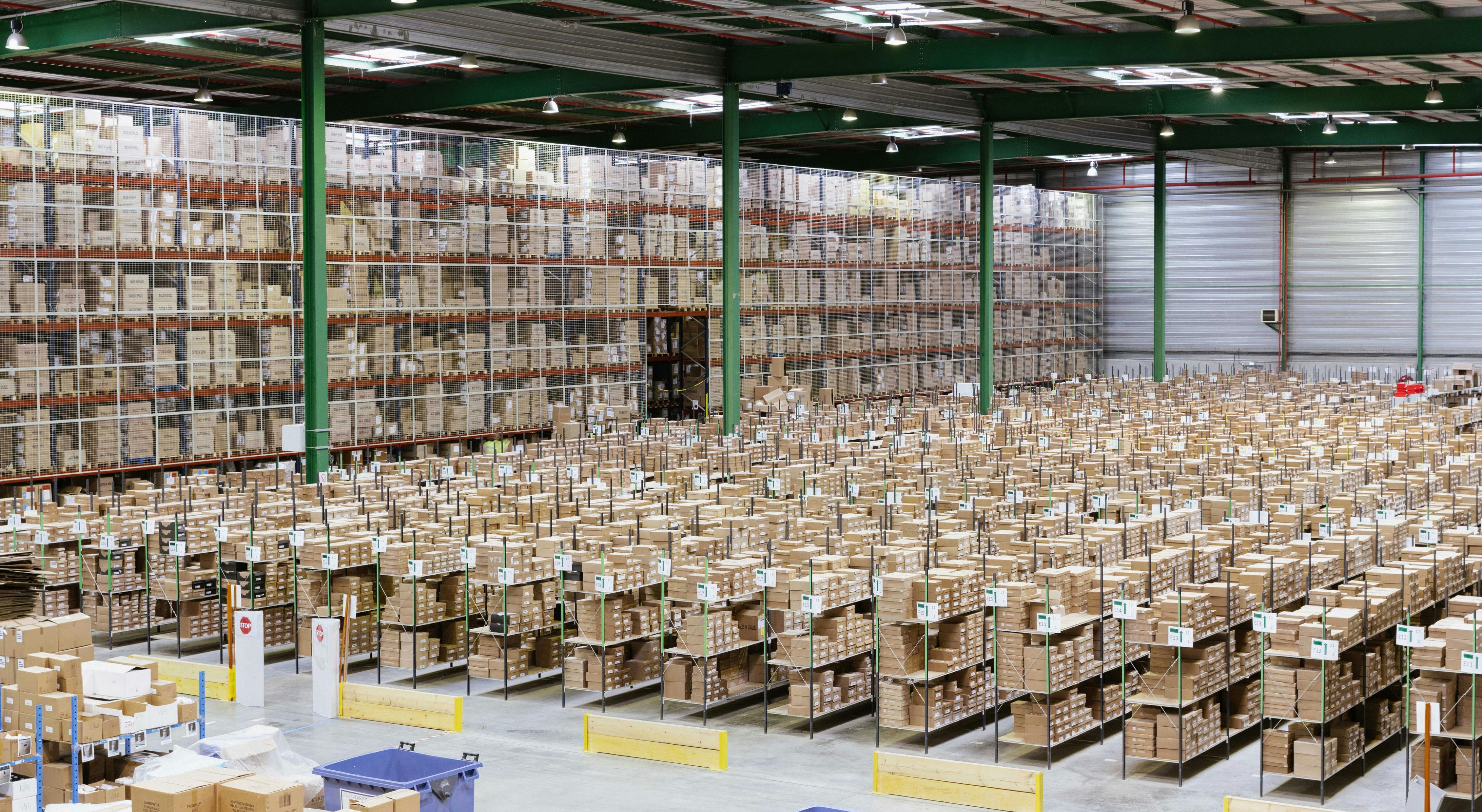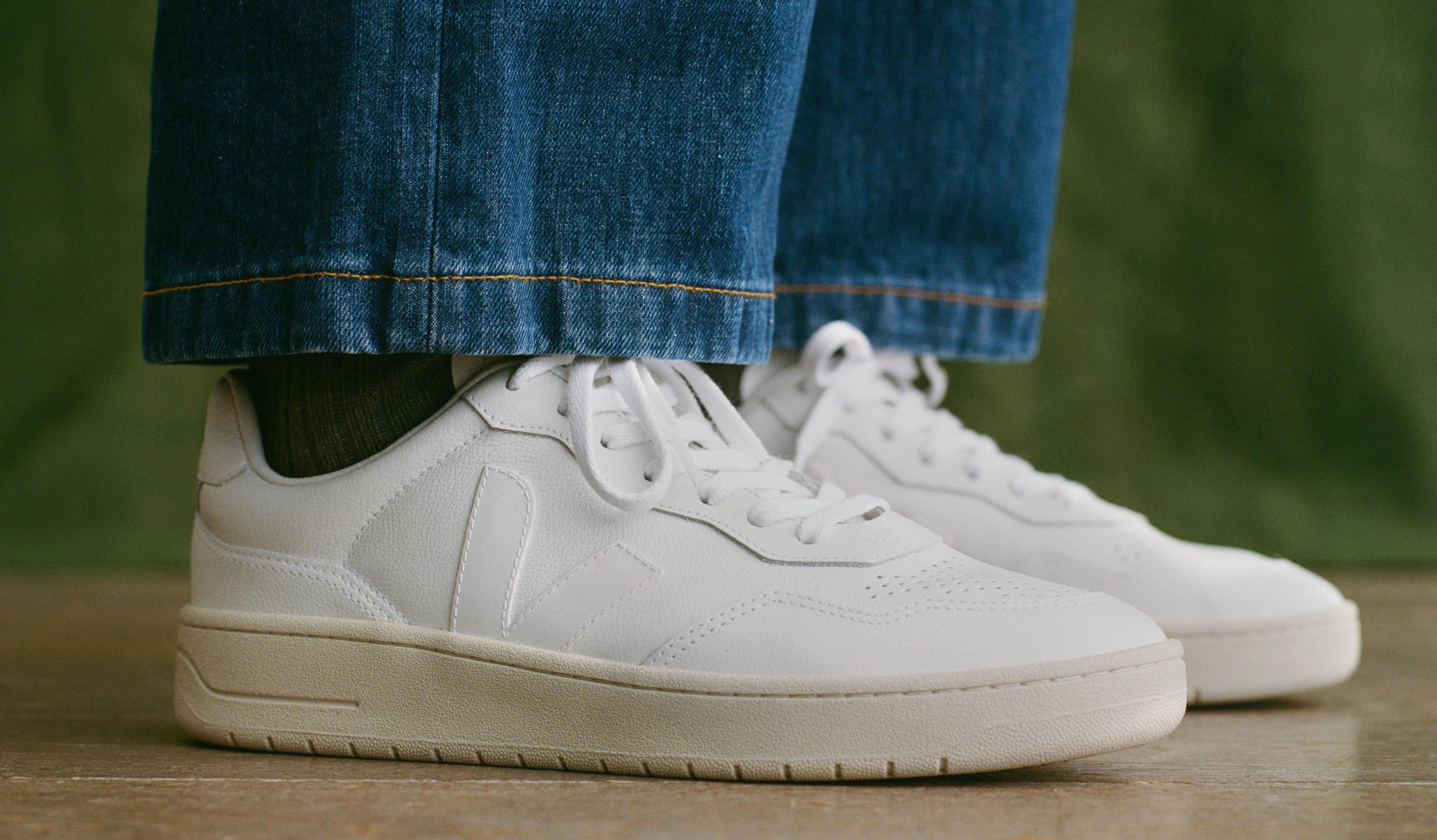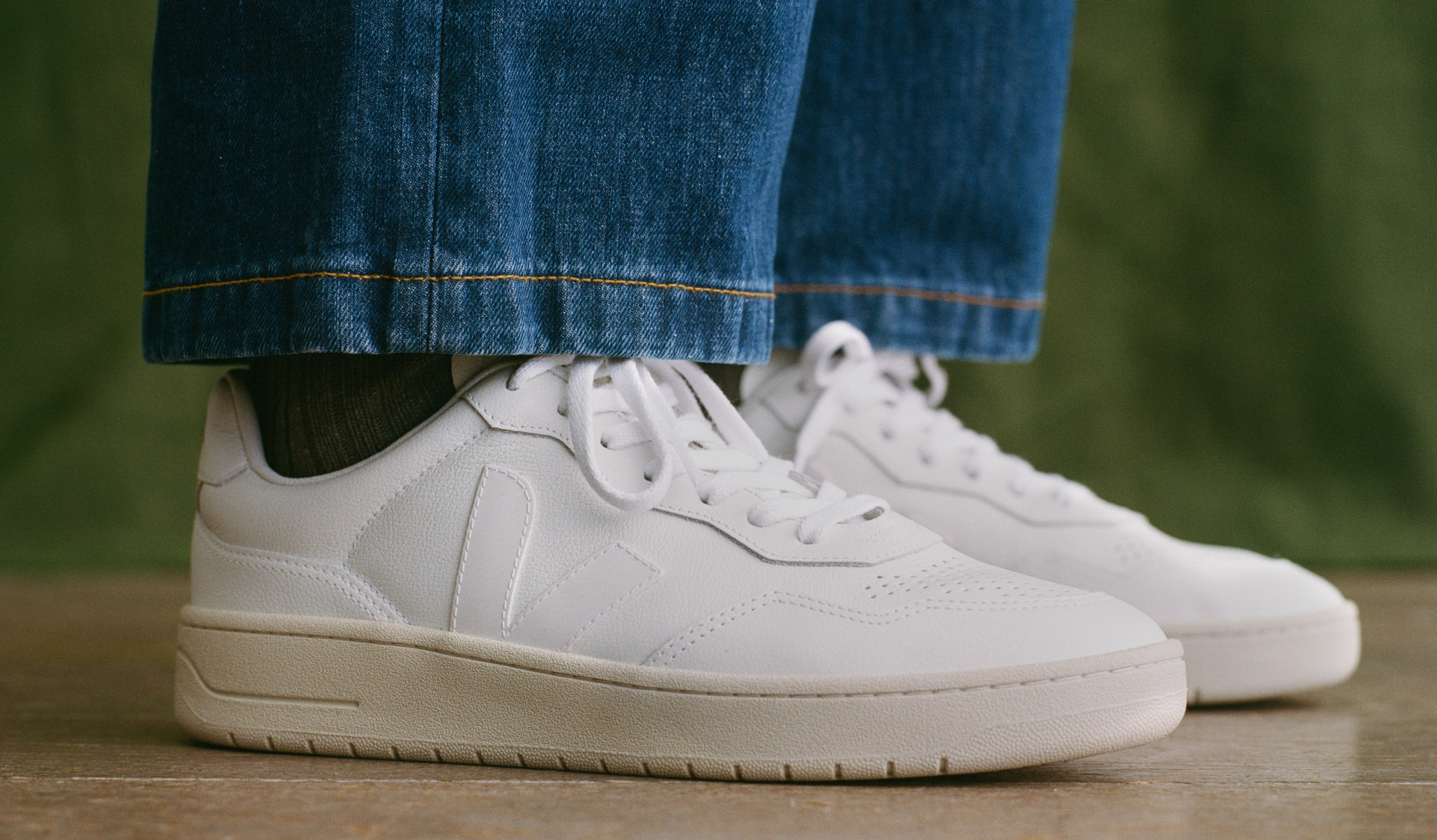
Leather
One step further in leather sourcing
At VEJA, we are constantly working to improve the way we source leather.

Tannery
Brazil
@Studio VEJA
We have focused on two areas:
Traceability and Chemical Transparency.
To achieve this, we use different types of bovine leather that are 100% traceable from the slaughterhouse to the sneaker manufacturer.
Our sourcing team monitors the entire leather supply chain, from cattle farms to tanneries, ensuring full transparency in knowing the origin and production process of our leather.
Leather at VEJA
At VEJA, we use three types of bovine leather, all sourced from the southern regions of Brazil and Uruguay.
One of our primary leathers comes directly from farms in Uruguay, a region recognized for its cattle culture and leather production.

We work hand in hand with these farms, ensuring that the animals
are treated well and the environment is respected
in the leather-making process
Organic farm, Uruguay
@Studio VEJA
We also source Organic Traced leather (O.T. leather) from Uruguay, 100% organic certified.
Both types of leather are then transported by truck to tanneries in the southern parts of Brazil for processing.
Tanning at VEJA
The partner tanneries VEJA works with use standard dyes, adhere to our RSL policy (Restricted Substance List), and comply with international standards. Regular checks also maintain chromium in VEJA's leather free from harmful Chrome VI.
VEJA sources bovine leather from farms in southern Brazil (Rio Grande do Sul), where ChromeFree leather is produced.
This soft and lightweight leather undergoes innovative tanning that eliminates heavy chrome metals and harmful acids, reducing chemical and energy usage by 40%.
Water and salt consumption are decreased by around 80%, and the water used is recyclable.

Leather
@Studio VEJA
Leather Working Group
To ensure sustainable and environmentally responsible production of our leather, all tanneries that supply VEJA with leather, including ChromeFree, suede, and nubuck, are certified Gold by the Leather Working Group (L.W.G.).
This certification indicates that they meet the L.W.G.'s rigorous environmental standards for leather production.
The L.W.G. is an independent group of tanneries and manufacturers that work to promote sustainable practices in the leather industry and reduce its environmental impact.
Chemical transparency

Factory
@Studio VEJA
VEJA makes sure sneakers are safe by checking the chemicals used. In October 2021, we told suppliers to prove their products are safe by providing test reports that confirm the absence of harmful chemicals used in the fashion industry.
To uphold this policy, our sourcing team annually updates the VEJA Restricted Substances Policy, identifying and reducing hazardous substances impact in our materials across the production chain.
Our commitment to chemical transparency and product safety is reflected in the VEJA Restricted Substances Policy, which applies to all sneakers, including those for women, men, and children.
Tracing leather
VEJA recovers and repurpose leather from the meat industry. While we are committed to responsible sourcing, we know that there is still work to be done.
VEJA maps the farmers we work with to ensure the cattle are not coming from the deforestated Amazon region. We also meet with these farmers to gain a better understanding of how they produce the leather we use.
As we strengthen our supply chain, we're working to be more transparent about where our leather comes from.
Most of VEJA's leather is from the Pampa biome in South America, a vital grassland with unique plants and animals. We think it's crucial to protect this special ecosystem.
We responsibly source our leather from Pampa biome farmers, providing support to the local community. This practice helps prevent Amazon deforestation, ensures that cows live freely without GMOs or antibiotics, and involves minimal human intervention

Skin traceability
@Studio VEJA
Vegan alternatives to leather: The C.W.L.
As people seek vegan leather alternatives, it's crucial to consider their environmental impact. Many of these options are made from plastic, which is 99% petroleum-based and have negative environmental consequences.

URCA style
@studio VEJA
In 2019, VEJA launched one of its first models in C.W.L., a vegan and bio-based material produced in italy.
However, at the time, VEJA failed to trace the cotton used for the canvas-based material, which was not organic.
As a result, we decided to reinvent C.W.L. in 2020 and trace it even further.
The new C.W.L., produced in Brazil is 54% bio-based and replicates leather's texture, smoothness, and permeability.
It's crafted from 100% organic cotton canvas directly purchased by VEJA and coated with P.U., ricinus oil, and corn starch. The 100% organic and agroecological cotton is sourced from Brazil and Peru.
